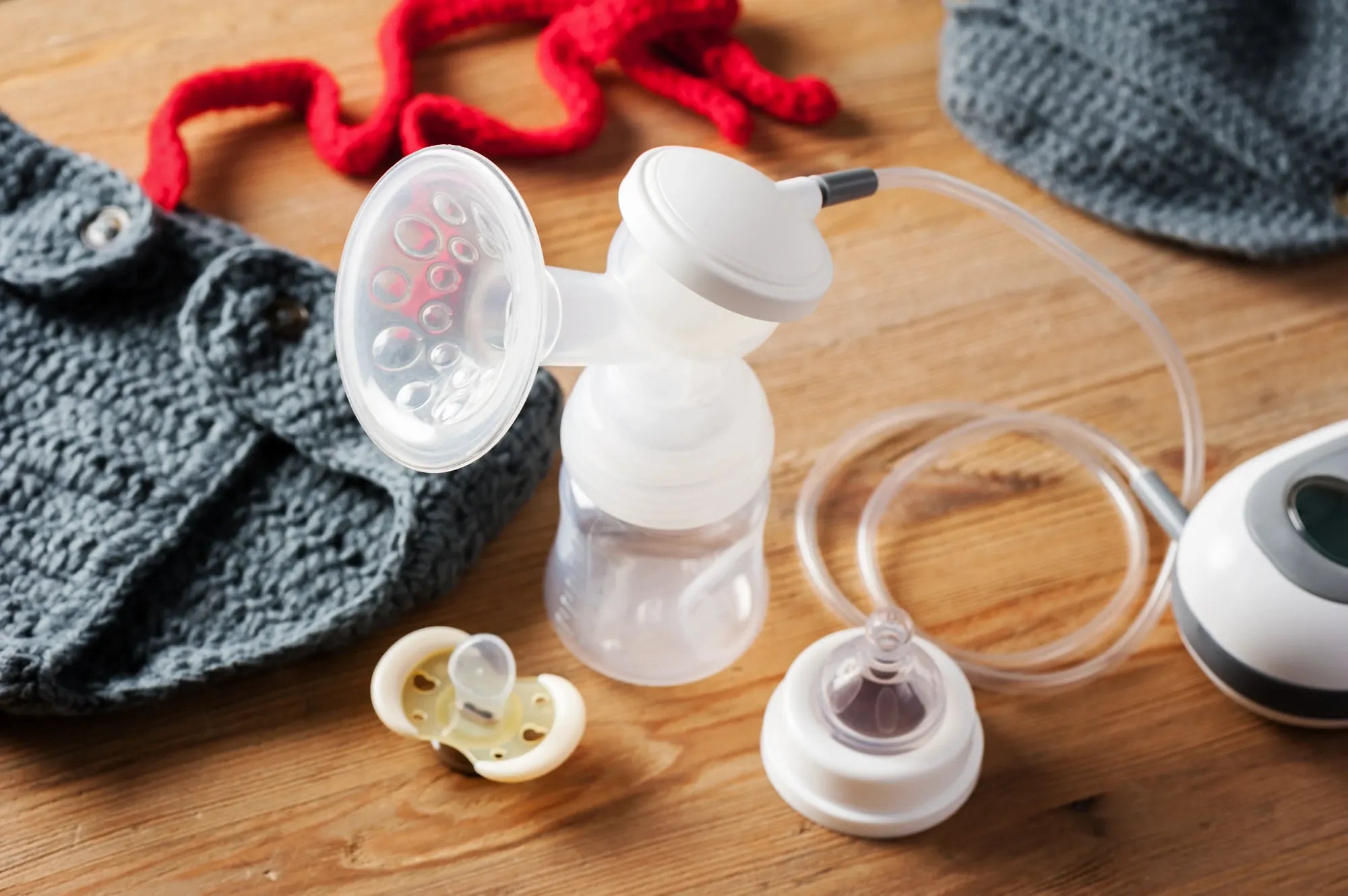Startseite
Pregnancy, Breastfeeding, and Pumping: The Ultimate Guide for Moms
How Often Can You Pump Your Breast: A Comprehensive Guide

How Often Can You Pump Your Breast: A Comprehensive Guide
Breast pumping is an essential practice for many mothers, whether they are returning to work, managing low milk supply, or simply seeking flexibility. Understanding how often you can pump your breast is crucial for maintaining milk production, ensuring your baby's nutritional needs are met, and keeping yourself comfortable. This article delves into the factors that influence pumping frequency, provides practical guidelines, and offers tips to make the process smoother.
Factors Influencing Pumping Frequency
Several factors determine how often you should pump your breast. These include your baby's age, your milk supply, and your personal schedule. Newborns typically feed every 2-3 hours, so pumping at similar intervals can help maintain milk production. As your baby grows and starts sleeping longer stretches, you may need to adjust your pumping schedule. Additionally, if you have a low milk supply, more frequent pumping sessions might be necessary to stimulate production.
General Guidelines for Pumping Frequency
For most mothers, pumping 8-10 times in a 24-hour period is recommended, especially in the early weeks postpartum. This frequency mimics a newborn's feeding pattern and helps establish a robust milk supply. As your baby grows and your milk supply stabilizes, you can gradually reduce the number of pumping sessions. However, it's essential to avoid going longer than 5-6 hours without pumping to prevent engorgement and maintain milk production.
Pumping While Working
Returning to work often requires mothers to adjust their pumping schedules. Aim to pump every 3-4 hours during the workday to maintain milk supply. If your job allows, try to pump during your baby's typical feeding times. This consistency can help your body adjust and ensure you produce enough milk. Additionally, consider using a high-quality breast pump and finding a comfortable, private space to pump at work.
Nighttime Pumping
Nighttime pumping can be challenging but is often necessary, especially in the early months. Newborns typically feed at night, so pumping during these hours can help maintain milk supply. However, as your baby starts sleeping longer stretches, you may be able to reduce nighttime pumping sessions. Always prioritize your rest and well-being, as sleep is crucial for milk production and overall health.
Signs You May Need to Adjust Your Pumping Frequency
It's essential to listen to your body and monitor your milk supply to determine if you need to adjust your pumping frequency. Signs that you may need to pump more often include engorgement, a decrease in milk supply, or your baby showing signs of hunger after feedings. Conversely, if you experience discomfort or oversupply, you may need to reduce the number of pumping sessions.
Tips for Effective Pumping
To make breast pumping more effective and comfortable, consider the following tips:
- Ensure your breast pump fits correctly and is comfortable to use.
- Stay hydrated and maintain a balanced diet to support milk production.
- Relax and create a calm environment while pumping to encourage let-down.
- Massage your breasts before and during pumping to stimulate milk flow.
- Use breast compressions during pumping to empty the breasts more effectively.
Maintaining Milk Supply
Maintaining a consistent pumping schedule is key to sustaining milk supply. Avoid skipping pumping sessions, as this can signal your body to produce less milk. If you need to reduce the number of pumping sessions, do so gradually to allow your body to adjust. Additionally, consider power pumping, which involves pumping for short intervals over an hour, to boost milk production if needed.
Managing Engorgement and Discomfort
Engorgement and discomfort are common challenges for pumping mothers. To manage these issues, pump regularly to prevent milk from building up in the breasts. If you experience engorgement, use warm compresses or take a warm shower before pumping to encourage milk flow. After pumping, apply cold compresses to reduce swelling and discomfort.
Balancing Pumping and Breastfeeding
Many mothers combine breastfeeding and pumping to meet their baby's needs. To balance both, try to breastfeed directly when possible, as this is the most effective way to stimulate milk production. Use pumping to supplement feedings or build a milk stash for times when breastfeeding isn't feasible. Remember that every mother's journey is unique, and it's essential to find a routine that works for you and your baby.
Seeking Support
Breast pumping can be overwhelming, especially for first-time mothers. Don't hesitate to seek support from lactation consultants, support groups, or other mothers who have experience with pumping. These resources can provide valuable advice, encouragement, and reassurance as you navigate your pumping journey.
Understanding how often you can pump your breast is vital for maintaining milk supply, ensuring your baby's nutritional needs are met, and keeping yourself comfortable. By considering factors like your baby's age, your milk supply, and your personal schedule, you can establish a pumping routine that works for you. Remember to listen to your body, seek support when needed, and prioritize your well-being. With the right approach, breast pumping can be a manageable and rewarding part of your motherhood journey.
Teilen


